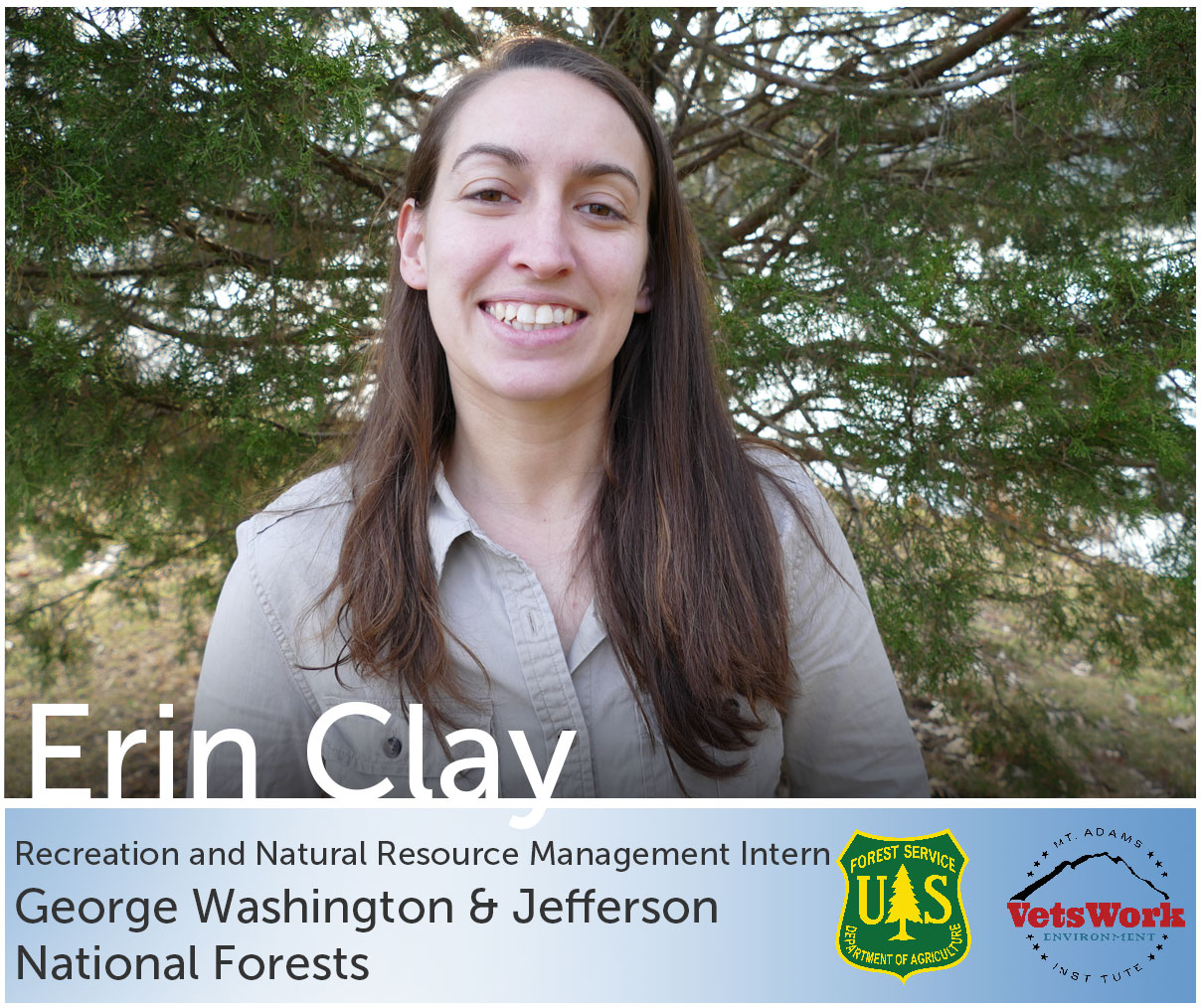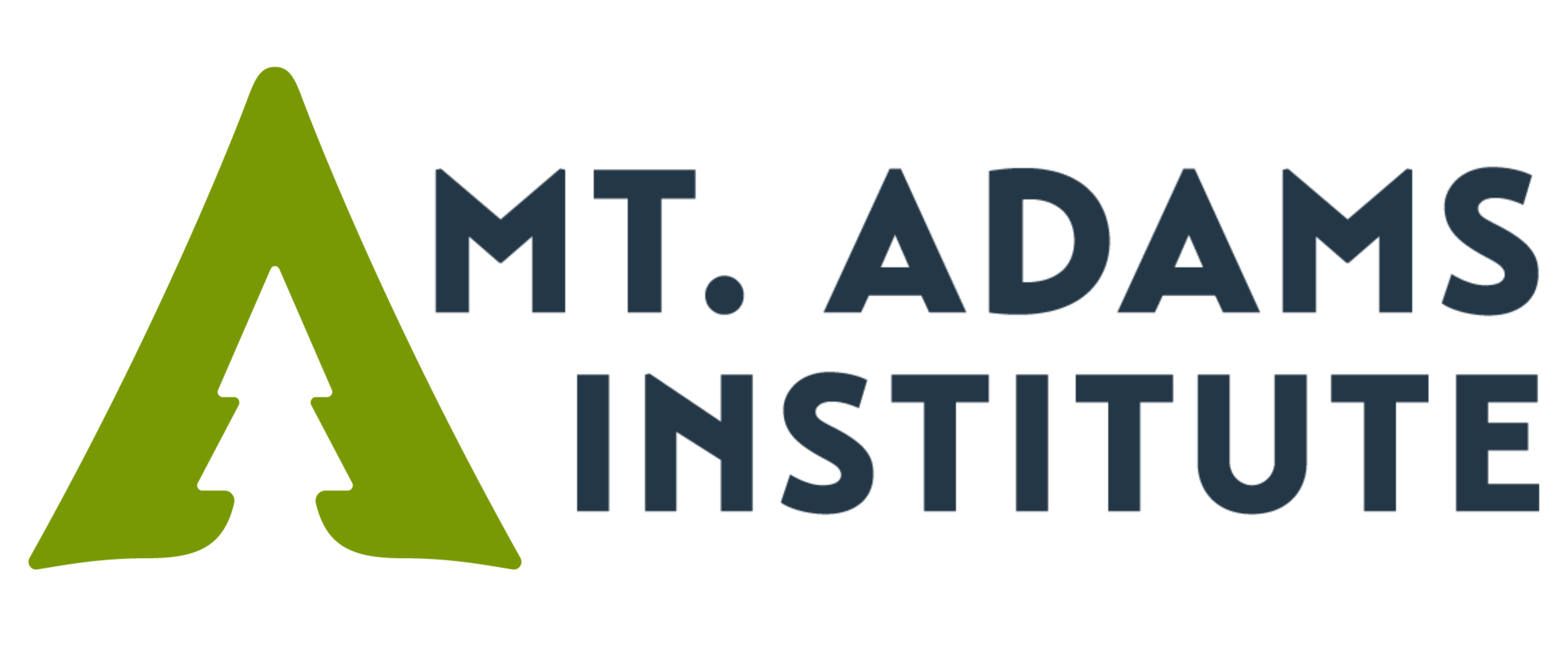
I think most members of the VetsWork program, if asked about who they are, will mention their military service at least first or second as one of the core factors. Since identity is so central to how we feel about ourselves, how we spend our time, and the strategies we take up to shape our futures, I’ve been thinking a lot about the evolution in how our identities are shaped through this program.
At some point, we all boarded a bus or a plane and arrived at boot camp, where we were broken down and built back up into a force most useful to the military. We were happy to do that, some of us even relieved to be given a confident, purposeful mission in life. As young adults, we (or at least I) were more than excited to consider ourselves part of a courageous and sacrificial group of military members. Our core values instilled, mostly modeled well, and our missions clear and intentional. That identity bled into every aspect of ourselves and helped us evolve. It made it easy to identify deficiencies in our character and habits. When we saw a problem with ourselves, we cut it out like aggressive cancer, lest we become a hazard to the rest of the group. As we grow older and our lives change, eventually we all evolve. Lots of times, the stories we tell ourselves about who we are lag in relationship to real time. Reality changes before we are willing to let go of the pieces of ourselves that time and circumstance change. When we separate from the military, where is our mission? Where is our obligation to keep ourselves strong and ready? Where are our fellow soldiers and shipmates to support? What has become of the identity that we spent so many years nurturing, training, spit shining, and shaping? In our oath to the defense of the Constitution and the protections, liberties, and pursuits that it defends, what are our roles and responsibilities after service? An oath doesn’t always end with an enlistment.
For me, and I wonder if this is true for other VetsWork members, I had to go back to go forward. Without even realizing it, until the second month of my second VetsWork term, when I found myself turning over rocks in a stream with a group of middle schoolers, looking for bugs. The United States Forest Service district where I am assigned had partnered with the local school districts, the Virginia Department of Game and Inland Fisheries, the James River Association, and Trout Unlimited, to put on two days of stream sampling workshops with the entire 6th grade science class as the local middle school.
In between explaining to the kids about the correlation between macroinvertebrate populations and the health of waterways, we stomp around in the creek turning over rocks and identifying critters. Eventually, that granddaddy of stream creatures turns up. The mighty crawfish. I stood back and absorbed the wonder and excitement of the kids as they admired their catch.
I’m transported back to a stream that maybe no longer exists. A little creek in Richmond, VA that used to flow behind the suburb where I lived. The pine needles crunch underfoot, the leaves rip and toddle over currents and get stuck in pileups at the edges of eddies. I am practicing jumping over the creek. The bigger kids can clear it easily. I am one of the younger, smaller ones. I practice taking my last step at the precipice of what seems a huge cliff. I focus on spreading my legs wide and leaping off with the last foot to leave the murky bank. Several times I end up splashing and not making it. Several times I clear it and bask in the moment of success at measuring up with the group.
Besides the mud bank long jump, a favorite past time in creek playing was critter finding and trapping. There were small minnows, and water bugs of the sort that as a child I dismissed.
Now, as an adult, I take joy in knowing that my creek was a very healthy creek, despite being sandwiched in one of the last pockets of woods between colonialism and car dealerships.
But minnows and larva and general bugs were small pennies. The most sought after hunt of all was for the mighty crawfish. A prehistoric looking, somewhat scary creature with its cheliped pinchers, it reminds me of something from Swamp Thing or Land Before Time. At that age, it was one of the only creatures I’d ever seen in my backyard that seemed exotic and terrifying. I wanted to conquer it. I wanted to trap it and look closely at all its parts and pieces, and feel like even though I am human and it was a crawfish, we both came from the same wide world. A world where I too could be historic and scary, and most importantly, as muddy as I wanted. Sometimes I caught one. Mostly it evaded me. It was a long time before I realized the sense of self I developed in those days, and the loyalty I began to feel to the country and resources that were bestowed upon me and the childhood that I enjoyed.
“That’s the coolest thing I’ve ever seen!!” shouts one of the modern day middle schoolers as she examines a stonefly under a microscope. Wonder filled, her eyes meet her classmates and they start comparing their favorite parts of its movements under the glass.
Struck by something, I give myself permission to take a minute and look around. I catalog my surroundings. Groups of kids from our nation’s public schools, on our public lands, being educated and enthralled by humans and crawfish, scampering and splashing in safety. Here is a picture of domestic tranquility. Here is a picture of the fruits of provision for the common defense and the promotion of the general welfare.
Here is where our oaths are still applied.

